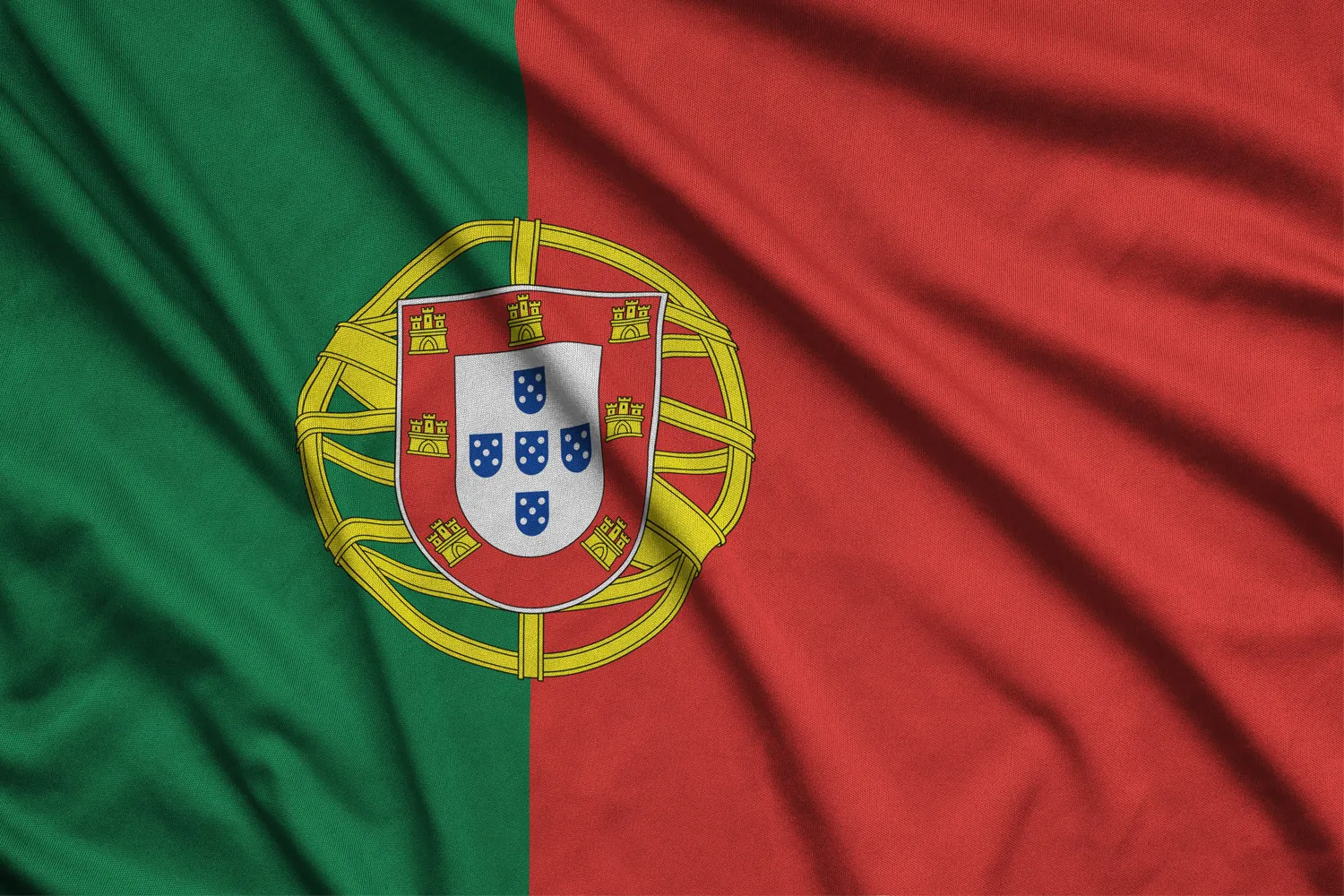The Linhares, from the Portuguese mountains to the northeastern heat

The first inhabitants of the Serra da Estrela, in the upper Minho, bathed by a small tributary of the Coura River, arrived around eight centuries before Christ, when it was not even imagined that there would one day be the north of what is today Portugal. Until the Romans arrived at the place, where one of their roads passed. With the fall of the Roman Empire, the territory came to be controlled by the Visigoths. Then came the Arabs, who dominated the entire Iberian Peninsula.
Finally, the Christians expelled the Arabs from the territory and the small border town became prominent in the production of linen, hence, it soon became known as Linhares da Beira. In addition to granite streets and houses, it was erected during the reign of D. Dinis I, in the 13th century, a fortress on top of a hill 850 meters high, from where they could watch the borders. The region lost its economic relevance and today, with 259 inhabitants (according to 2011 data), it has great tourist importance, being one of the 12 historic Portuguese villages.
HERE YOU CAN START BUILDING YOUR GENEALOGICAL TREE.
The Linhares in Brazil
The feeling of pride led many people from that region to adopt Linhares as a surname. This was the case for Dionísio Alves and the one who would become his son-in-law, Domingos da Cunha, which when migrating to Brazil in the early 18th century, included the place name. Thus, these immigrants, who settled on the site Rodrigo Moleiro, next to Christmas, at the large northern river, became known as the Linhares.
Dionísio married in Brazil with potiguar Rufina Gomes de Sá, from a rich local family, with whom he had two children: Dionísia Alves Linhares and Antônio Alves Linhares. The daughter married Domingos da Cunha Linhares and, together with her brother Antônio, settled in the Acaraú stream, in Ceará, where the latter married the Pernambuco widow Inês Madeira de Vasconcelos. According to the genealogist Francisco de Assis Vasconcelos Arruda, from these two couples all Linhares of Ceara.
Linhares multiplied
But it is in the couple Antônio Alves Linhares and Inês Madeira de Vasconcelos that we fix our attention, because she, born in Goiana, Pernambuco, in 1718, was the daughter of Maria Madalena de Sá e Oliveira It's from captain Manoel Vaz Carrasco e Silva, descendant of Sephardic White Days. Antônio and Inês had six children, who after several generations of marriages with families in the region and inbreeding originated branches such as Alves Linhares, Arruda Linhares, Ferreira Linhares, Gomes Linhares, Linhares e Silva, Linhares de Albuquerque, Linhares Lima, Linhares Pereira, Macedo Linhares, Parente Linhares, among others.
HERE YOU CAN START BUILDING YOUR GENEALOGICAL TREE.
Important to remember: Last names are indications, but they do not determine whether or not you are descendants of Sephardic Jews. To prove this link, a genealogical study is really necessary.

Constitutional Court rules that proposed change to the Nationality Law is unconstitutional.
The Constitutional Court of Portugal has ruled that relevant parts of the proposed amendment to the Nationality Law violate constitutional principles […]

"A few years ago, Portugal made changes to make access to citizenship more humane."
In an interview with the Portugal Giro column of the newspaper O Globo, legal expert Isabel Comte analyzed the impact of the changes to […]

Transmission of Portuguese nationality to family members: requirements, steps and points to consider.
Nationality for spouses: when does the right exist? Access to Portuguese nationality through marriage is based on the length of the union and […]